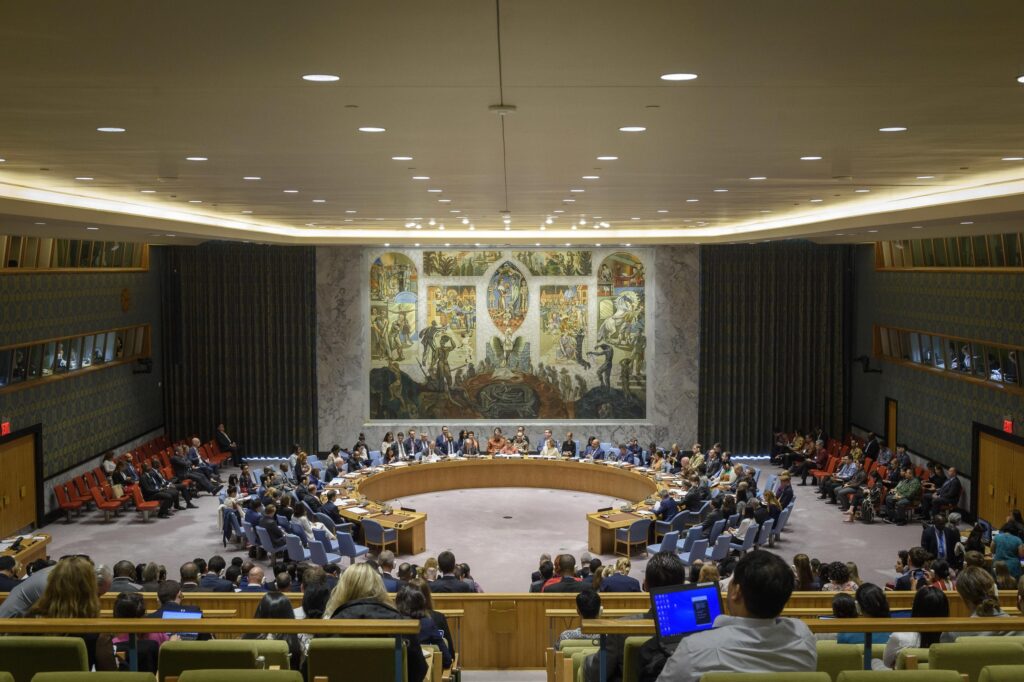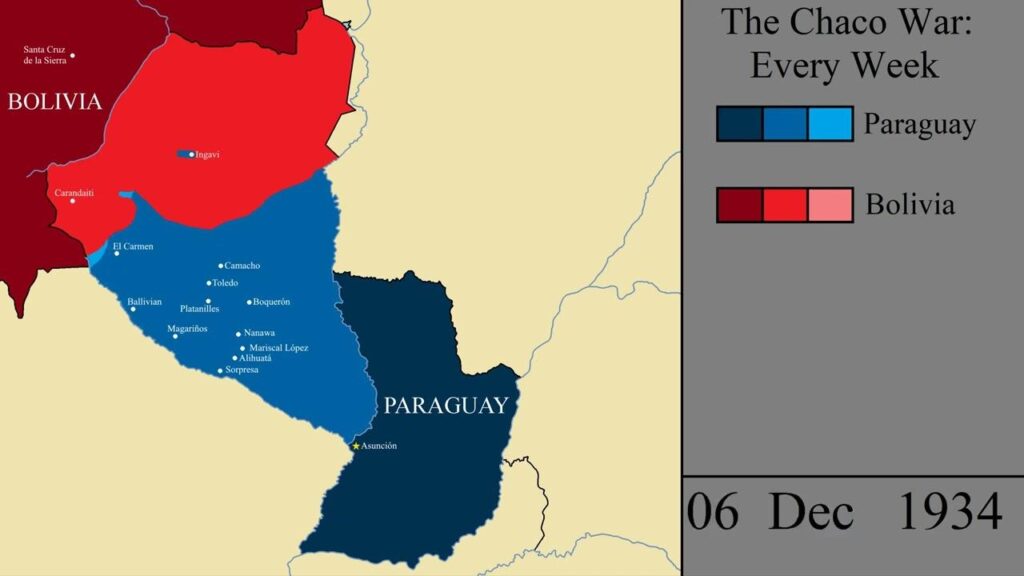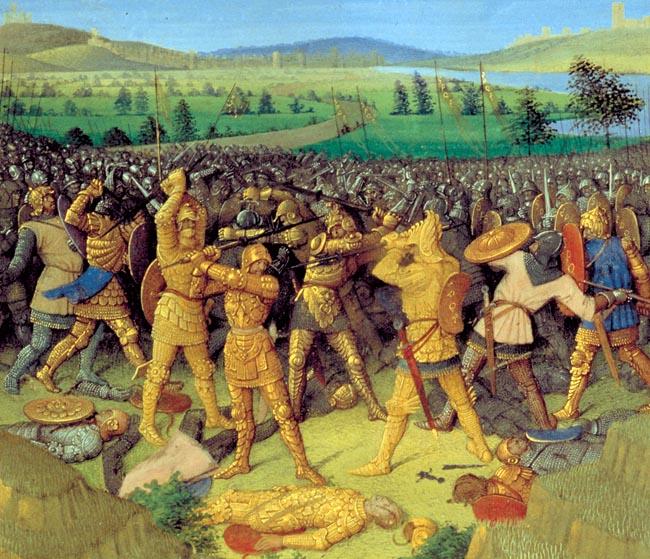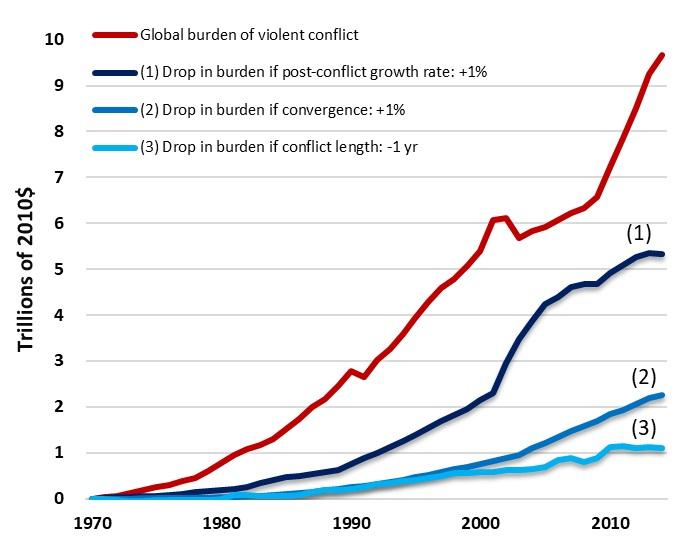World War II was a vast and complex conflict, marked by countless battles fought across continents and oceans. Yet, amid this turbulence, certain pivotal engagements stand out — moments where the tide of war shifted irreversibly. These key battles not only determined the fate of nations but also reshaped the geopolitical landscape for decades to come. In this article, we will journey through some of the most significant turning points of World War II, exploring how these clashes influenced the course of history and altered the destiny of millions around the globe. Whether you’re a history enthusiast or simply curious, join us as we uncover the epic struggles that defined an era.
Table of Contents
- Turning the Tide in Europe The Battle of Stalingrad Unveiled
- Naval Supremacy and Strategy Lessons from Midway
- The D-Day Invasion How Allied Unity Changed the War’s Course
- The Pacific Island Hopping Campaign Insights for Modern Military Tactics
- Wrapping Up
Turning the Tide in Europe The Battle of Stalingrad Unveiled
The fierce urban warfare that raged across the ruins of Stalingrad represented a pivotal moment in the European theater of World War II. What initially began as a strategic attempt by Axis forces to secure the oil-rich Caucasus region quickly evolved into a brutal clash of attrition. The Soviet defenders, entrenched in the remnants of the city, utilized their intimate knowledge of the terrain to turn the tide against the invading forces. Not only was the battle marked by relentless street-to-street combat, but it also showcased the resilience and ingenuity of the Red Army in conditions that were often frozen and unforgiving.
Key factors that contributed to the eventual Soviet victory included:
- Encirclement Strategy: Operation Uranus trapped the German 6th Army inside the city, cutting off supplies and reinforcements.
- Morale and Leadership: Commanders like General Zhukov inspired their troops to hold firm under crippling losses.
- Harsh Winter Conditions: The brutal cold favored the defenders, while German troops struggled with inadequate winter gear.
This monumental victory not only halted the German advance into the Soviet Union but also set the stage for a sustained pushback, signaling the beginning of a strategic shift across multiple fronts in Europe. It demonstrated that even in the face of overwhelming force, steadfast determination and tactical brilliance could alter the course of history.
Naval Supremacy and Strategy Lessons from Midway
The Battle of Midway in June 1942 marked a pivotal moment in the Pacific Theater, showcasing the transformative nature of naval warfare. It was not merely a clash of fleets, but a strategic chess game where intelligence, timing, and deception played crucial roles. The United States’ ability to break Japanese codes allowed Admiral Chester Nimitz to anticipate enemy moves, turning the tables on a seemingly unstoppable Imperial Navy. This encounter highlighted the emergence of aircraft carriers as the dominant force at sea, rendering traditional battleships less relevant and redefining naval supremacy for decades to come.
From Midway, several key lessons emerged that continue to influence naval strategy and military planning:
- The value of intelligence: Superior code-breaking and information gathering proved decisive.
- Flexibility in command: Rapid decision-making under uncertain conditions can change the battle’s course.
- Air power’s dominance: Carrier-based aircraft showed they could determine outcomes beyond the horizon.
- Deception and surprise: Feints and misdirection kept opponents off-balance.
This battle underscored the importance of innovation and adaptability in warfare, lessons that resonate far beyond the scope of mid-20th century conflicts.
The D-Day Invasion How Allied Unity Changed the War’s Course
On June 6, 1944, the Allied forces launched an unprecedented amphibious assault that would mark a decisive turning point in World War II. This monumental operation was not just a military endeavor but a powerful demonstration of cooperation and unity among the Allies. Soldiers from the United States, United Kingdom, Canada, and other nations stormed the beaches of Normandy, overcoming fierce German resistance and treacherous conditions. The success of this assault relied heavily on meticulous planning, technological innovation, and an unwavering commitment to shared objectives.
The operation’s impact extended far beyond the battlefield, reshaping the geopolitical landscape of Europe. Among the pivotal factors that contributed to its success were:
- Extensive intelligence gathering, including deception tactics to mislead German forces
- Coordination of land, sea, and air forces in a synchronized offensive
- The resilience and bravery of the Allied troops facing formidable German fortifications
- Unified leadership under General Eisenhower’s command
This unity not only fractured the Nazi grip on Western Europe but also boosted Allied morale, setting in motion a series of advances that would eventually culminate in the liberation of occupied territories and the end of the war in Europe.
The Pacific Island Hopping Campaign Insights for Modern Military Tactics
One of the most compelling lessons from the Pacific Island Hopping campaign is the strategic emphasis on selective targeting. Rather than engaging every enemy stronghold, Allied forces focused on capturing key islands that provided significant tactical advantages, such as airfields and supply bases. This approach not only conserved precious resources but also disrupted enemy supply lines and communication. By bypassing heavily fortified islands, forces could maintain momentum, exploit enemy weaknesses, and reduce casualties—principles that remain core to contemporary military operations.
The campaign also highlighted the importance of amphibious warfare and inter-service coordination. Successful landings required meticulous planning involving the Navy, Marines, Army, and Air Force working in unison. Innovative logistical strategies were developed to support sustained operations across vast ocean distances, setting a precedent for joint-force interoperability. Modern military planners continue to draw from these experiences, employing versatile force projection and adaptive tactics to navigate complex environments and multi-domain battlefields.
- Prioritization of objectives over territorial conquest
- Integration of air, land, and sea capabilities
- Flexibility in adapting to rapidly changing battlefield conditions
Wrapping Up
As we reflect on these pivotal battles, it becomes clear that World War II was not just a series of clashes but a complex tapestry of moments where courage, strategy, and chance converged to shape the course of history. Each turning point reminds us of the sacrifices made and the resilience shown by countless individuals on all sides. Understanding these key battles helps us appreciate the profound impact they had in forging the world we live in today. May this exploration inspire a deeper respect for the lessons of the past and a commitment to peace in the future.












